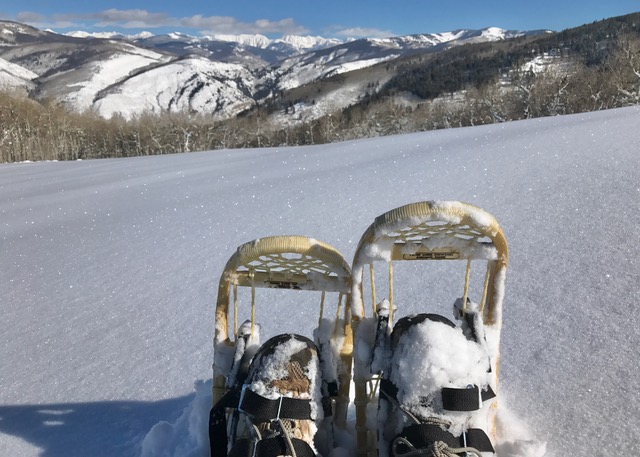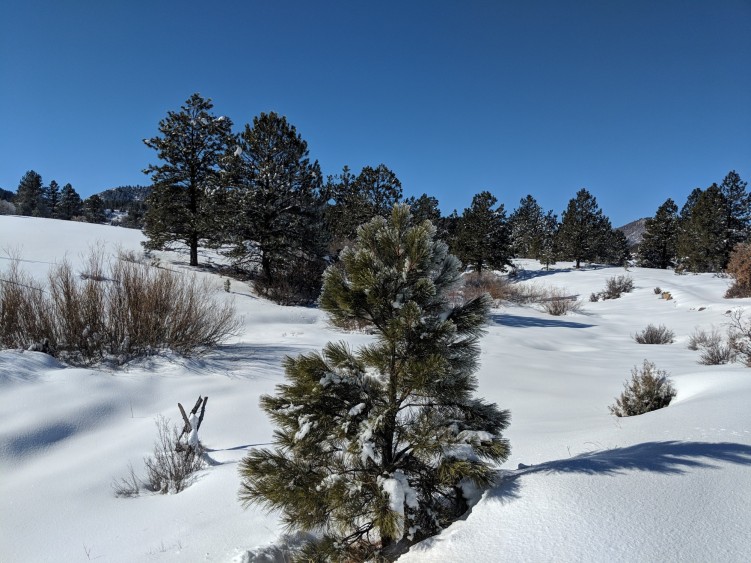The U.S. Forest Service reduced the risk of wildfire to communities and natural resources on nearly 3 million acres of National Forest System lands across the country in 2010, according to Congressional testimony today by U.S. Forest Chief Tom Tidwell.
The agency exceeded its 2010 goal to reduce wildfire risk on 2.3 million acres by completing work on more than 2.94 million acres, approximately the same area as Rhode Island and Delaware combined. Almost 60 percent of the effort was accomplished near communities in the wildland urban interface – the areas where forest or grasslands meet human habitation.
The remainder of the work was conducted in wildlands to protect natural resources, including watersheds that provide drinking water for millions of people. The results were achieved through controlled burns and mechanical treatments, such as cutting and piling brush and thinning dense stands of trees.
“While wildfire plays a critical role in maintaining healthy ecosystems, we can and should try to reduce the risks it poses to communities and natural resources, including critical watersheds,” said Tidwell. “U.S. Forest Service fire crews, working with state and local partners across the country, effectively removed threats to property and ecosystems from nearly 3 million acres through these efforts last year.”
Tidwell noted the Forest Service has reduced the risk of wildfire on more than 24 million acres during the last 10 years using controlled burns and mechanical treatments and through grants to key partners, including states, for fuel reduction projects. The 10-year trend reflects a steady increase in acres treated. In 2001 approximately 1.4 million acres were treated – the figures for 2009 (3 million) and 2010 are each double that amount. The 2009 total is slightly higher due to variation across the nation in weather and fire-season workload.
Due to the buildup of hazardous fuels, climate change, and insect and disease outbreaks, much of the National Forest System lands throughout the western United States are currently at risk of uncharacteristically large and severe wildfires. These severe wildfires can threaten power grids, railroads, and highways, affecting people’s ability to work. Extreme fires can also destroy neighborhoods and businesses and alter landscapes, reducing property tax receipts that fund schools, hospitals, and local infrastructure.
To address these challenges, efforts must be made to maintain the resilience of these systems to such changes and to restore that resilience where it has declined. The President’s 2012 budget proposes an Integrated Resource Restoration budget line item that facilitates an integrated approach to address resource needs that vary with restoration conditions and priorities across landscapes, communities and watersheds.
Controlled burns and the removal of overgrown underbrush and forest floor debris decrease the risk of wildfire to communities and natural resources. Forest Service assessments strongly indicate that controlled burns and treatments decrease the intensity and/or rate of spread of wildfires, making them safer and less costly to manage and reducing the risks to natural resources.
In 2010, about 100 wildfires on National Forest System lands started in or burned into areas where controlled burns or mechanical fuel treatments had been conducted. The fires became easier to control in these treated areas. Examples include the Mother’s Day Fire on the Osceola National Forest in Florida in May and the South Fork Fire on the Santa Fe National Forest in New Mexico in June.
For more information on these and other success stories, visit the Forest Service website at www.fs.fed.us.





